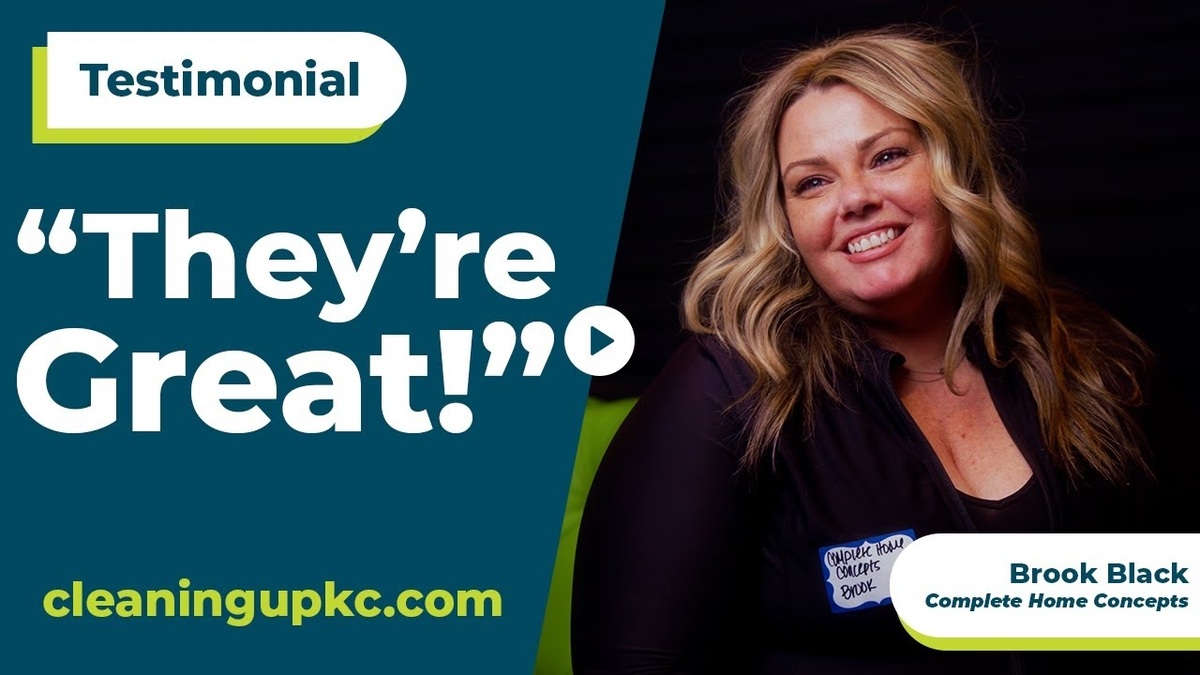Facility teams rely on consistent methods to keep surfaces durable and professional. One proven way to protect and refresh them is to strip and wax floors. This process removes buildup, restores gloss, and creates a clean foundation for long-lasting protection.
Below, we outline each step clearly, from selecting the right stripper and sealer to applying the correct number of wax coats. You’ll also learn how to maintain that shine with simple, daily care between services.
What Does Stripping Do?
When we strip, we take off old wax, debris, and dirt until the floor is bare. By clearing dull buildup, the new finish can bond to a clean surface and level out for a steady, even look.
Key Takeaway: A complete strip reaches the raw surface, so fresh coats lay down smoothly and build a consistent shine.
Why Add Sealer After Stripping?
After stripping, we apply a sealer that fits the floor. VCT and epoxy can require different products. Using the right sealer helps the finish sit flat, resist marks, and stand up to routine foot traffic.
How Many Coats Should You Choose?
Coat Counts and The Look You Want (Strip and Wax Floors)
The number of coats depends on the result you want. Seven or eight coats can create a mirror look where ceiling lines reflect on the surface. Three to four coats deliver a clean, solid shine that suits most areas.
How Often To Recoat
A common plan is three to four coats with service about every six months, adjusted for traffic levels. Busy entries and hallways usually need attention sooner than quieter rooms.
Pro Tip: Choose a coat count that matches your goals and use level. More coats raise gloss and add protection. Fewer coats keep upkeep simple.
Need expert help with strip and wax floors? Contact CleaningUp KC for a free consultation.
What Is the Best Way to Apply Wax?
A flat mop lays thin, even layers that dry faster than heavy pours. Because each layer sets quickly, we can apply more coats in less time and reach the target gloss with fewer delays and fewer defects.
Key Takeaway: Thin, even coats with a flat mop build shine efficiently and keep dry times short between passes.
How Do You Protect the Finish?
Prevent Scratches From Furniture
Avoid dragging chairs and desks across finished areas. Sliding legs can dig into the wax or cut it, leaving lines and scuffs that reduce gloss in high-use zones.
Daily Mopping That Keeps The Gloss
Mop nightly with hot water instead of chemicals. Avoid “sweet” or citric cleaners such as lemon or lavender. These can be harsh on wax and make floors look dull within two to three months if used often.
- Mop with hot water at the end of each day.
- Skip lemon, lavender, and other citric products.
- Address visible scuffs before they spread along walk paths.
Putting It All Together
- Strip to bare floor and remove old wax, debris, and dirt.
- Apply the correct sealer for VCT, epoxy, or the floor type on site.
- Select a coat count: three to four for standard shine; seven to eight for mirror gloss.
- Use a flat mop for thin coats that dry quickly and allow more layers.
- Protect the finish: do not drag furniture; mop nightly with hot water only.
This sequence keeps strip and wax floors consistent from service to service and helps the surface stay bright between visits.
Ready for a Quote?
CleaningUp KC can strip to raw, seal correctly, and apply the coat count that meets your goals, from clean shine to mirror gloss. For a site review and a clear plan, schedule a quote today.





